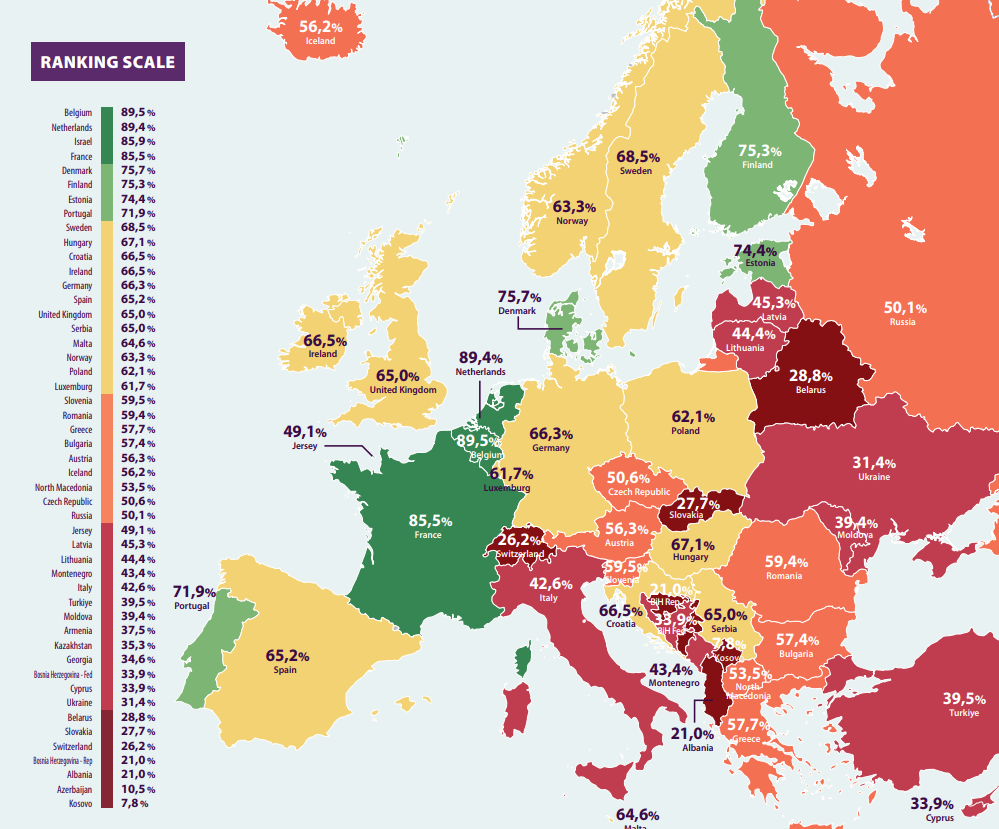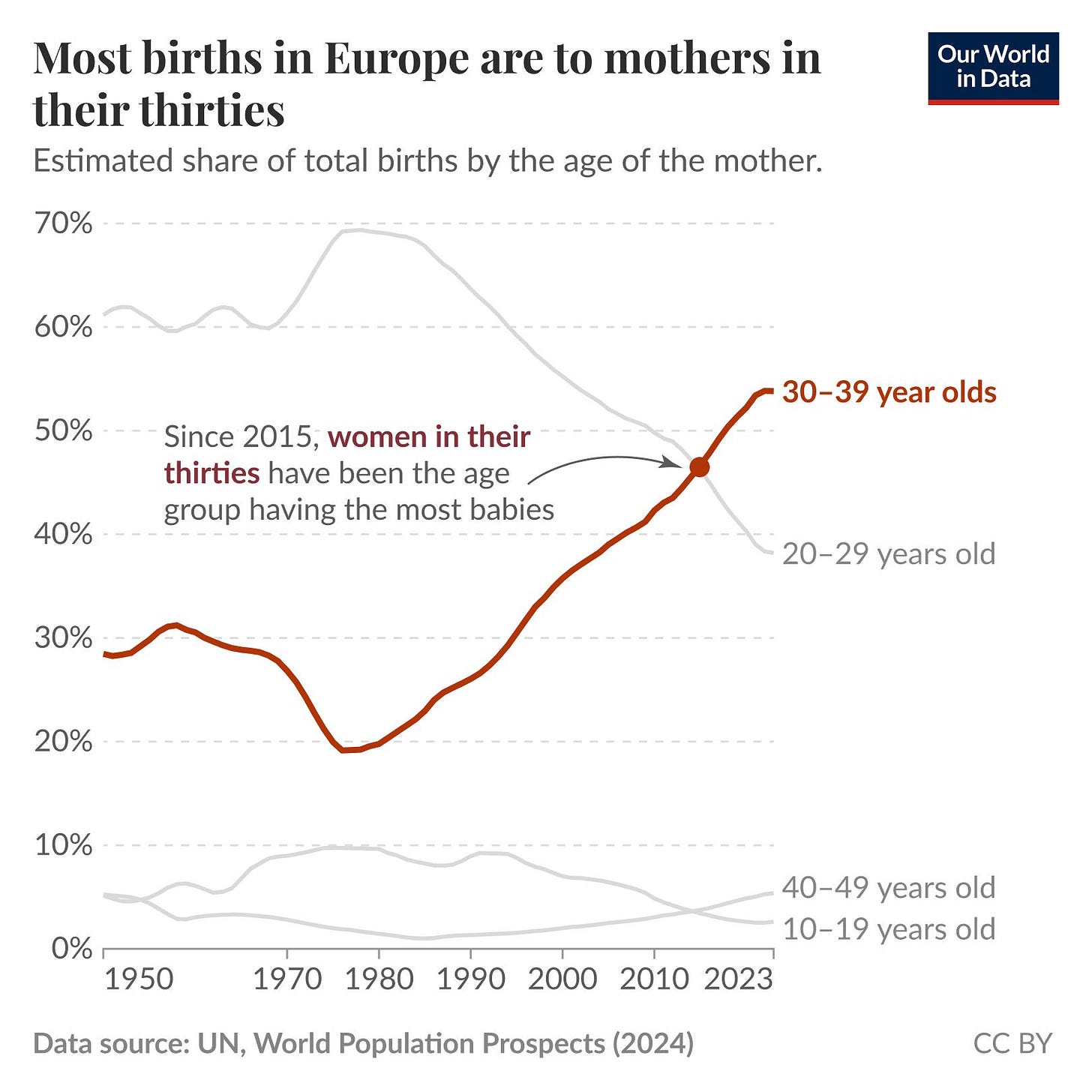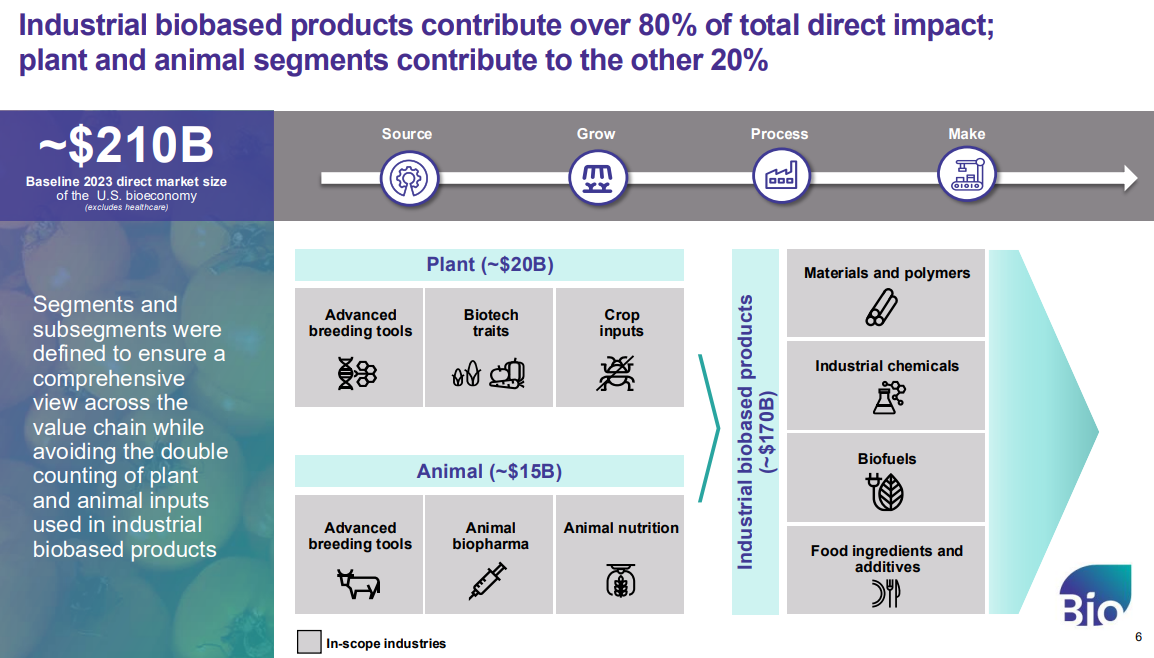Repronews #68: Europe’s evolving fertility policy landscape
IVG startup Ovelle | Guardian on US techno-natalists vs. religious conservatives | Nature on genes & socioeconomic status | US bioeconomy $416 billion by 2030

Welcome to the latest issue of Repronews! Highlights from this week’s edition:
Repro/genetics
The European fertility policy landscape: All 27 EU countries now support IVF, but access and scale of reimbursement vary widely
Ovelle: A fertility startup pioneering a new approach to human IVG
Population Policies & Trends
The Guardian reports on the uneasy coalition between techno-natalists and traditional-family conservatives in the U.S.
Genetic Studies
Nature study explores the complex and changing interplay of genes and socioeconomic status throughout history
Further Learning
U.S. bioeconomy could contribute $416 billion annually by 2030
Repro/genetics
“How are fertility treatments handled around the EU?” (Euronews)
TV channel Euronews has produced a video and interactive infographic exploring different policies on fertility treatments throughout the European Union.
In the EU, 25 million people face infertility.
Since Poland’s liberal-conservative government recently restored public funding for IVF treatment, all 27 EU countries support IVF. However, conditions and waiting times for IVF vary significantly across countries.
Only 5 out of 27 EU countries offer full funding for up to six IVF treatments, according to the European Atlas of Fertility Treatment Policies 2024.
After six treatments, Austria, Denmark, Estonia, and France are the only countries offering partial payment or reimbursement.
15 EU countries do not have a waiting list for IVF. In the 12 countries with waiting lists, fertility treatment can take up to a year.
Denmark, Finland, France, Italy, Malta, Romania, Slovakia, and Sweden have waiting lists that can take between six and 12 months.
According to the European Society of Human Reproduction and Embryology (ESHRE), the average cost of an IVF cycle in Europe is between €4,000 and €5,000.
State-organized fertility education programs in schools are only provided in France, Germany, and Latvia.
“IVF may seem like a trend for many, following the motto: ‘Career first, then children,’ but for many couples, assisted reproduction is the only way to have a desired child, regardless of age and life plans,” said Christina Fadler, board member of Fertility Europe.
“Same-sex female couples have it particularly hard,” she added. “Irreparably damaged or blocked fallopian tubes, endometriosis, or PCOS are the only reasons to be eligible for publicly-funded treatment—it often takes years to get a diagnosis and access to the IVF fund.”
All EU countries allow heterosexual couples to have access to fertility treatment with their own gametes or with donated sperm.
Germany and Luxembourg are the only countries that do not allow heterosexual couples to access IVF with donated eggs.
Female couples can receive fertility treatments with donated sperm in 15 EU countries and fertility treatments with donated eggs in 13 countries.
Single women in Austria, Czechia, Italy, Lithuania, Poland, Slovakia, and Slovenia cannot access IVF with sperm donation.
Fertility startup Ovelle is exploring a new approach to IVG (Ovelle)
Ovelle is a new company dedicated to solving in vitro gametogenesis (IVG)—turning ordinary somatic cells into viable human eggs in the lab.
Travis Potter and Merrick Pierson Smela founded Ovelle in the belief IVG can empower parents to have healthy children on their terms and timeline.
In 2016, Japanese scientists successfully converted mouse skin cells into fertile eggs in a dish, giving rise to healthy pups. Yet translating this IVF breakthrough to humans has proven challenging.
Almost all current efforts to solve human IVG still rely on replicating ovarian signaling pathways. This approach mimics nature and worked in mice. But it has not translated well so far from mice to humans. Ovelle says the signaling method has struggled because it’s slow, difficult to control precisely, and expensive.
Instead of focusing on signaling pathways, Ovelle is manipulating gene expression through transcription factors and RNA-binding proteins.
By systematically screening pools of transcription factors identified from the scientific literature, scRNA-seq atlases, and computational modeling, Pierson Smela and his colleagues at the Church Lab used this approach to achieve a series of breakthroughs: first creating ovarian granulosa-like cells, then germline cells, then inducing meiosis from human stem cells.
Ovelle believes this systematic approach can lead to swifter breakthroughs. Most biological research still relies heavily on the slow work of educated guessing and iterative experimentation. By contrast, systematic pooled screening methods explore larger biological spaces to find which factors drive cells to new states.
Pierson Smela was able to induce meiosis in stem cells in just 12 days. Traditional signaling-based methods take at least three months to reach an earlier stage.
Speed matters because it enables more experiments per unit time equals faster progress. Faster iteration means solutions are reached sooner.
Speed may also enable affordability as shorter timelines mean fewer resources spent on costly cell cultures and laboratory procedures.
It also means Ovelle may be able to deliver healthy eggs to prospective parents within weeks rather than months.
Ovelle also argues transcription factors offer much finer control over cell fate, enabling reliable production of high-quality eggs. Potter says: “This is, as I can attest as a current parent, by far the most important thing: We as parents will do anything to make sure our kids have the best chance of being healthy and happy.”
More on repro/genetics:
“23andMe’s DNA database is up for sale. Who might want it, and what for?” (Washington Post)
Loren Johnston, “Trump and MAGA want to make eugenics great again” (Portland Press Herald)
“At meeting on guardrails for gene editing of human embryos, some call for a dead end” (STAT)
Population Policies & Trends
“The rise of pronatalism: Why Musk, Vance and the right want women to have more babies” (Guardian)
The Guardian asks whether the movement uniting family-values conservatives and techno-natalists in the U.S. will hold.
While techno-natalists endorse using IVF and othe reprotechnologies to raise the birth and foster genetic health or even enhancement, religious conservatives may oppose IVF if this means discarding unused embryos.
In January, a U.S. Department of Transportation memo instructed the agency to prioritize projects that “give preference to communities with marriage and birth rates higher than the national average.”
The Guardian writes: “In signing his pro-IVF executive order, Trump appears to be siding with the ‘tech right’ (and the broader electorate, among which IVF remains extremely popular). When Musk recently brought his son X Æ A-Xii to the Oval Office, Trump called the four-year-old a ‘high-IQ individual’.”
Lyman Stone, a conservative demographer, said: ‘“Pronatalism has to be disciplined by a commitment to human liberty and human flourishing … People have a right to have the families they want to have, and for some people, that means no family. The focus of pronatalism, in my view, generally is not and certainly should not be on family gigantism, and instead should be on helping young people overcome the barriers and obstacles to romantic and family success in their life.”’
Stone advocates for more support to help young people get married earlier, such as by improving mental health services to creating better childcare programs. “Pronatalism is not just a fiscal program. It’s a program of restructuring society in a way that treats family goals as worthy, worth supporting, and socially important,” Stone said.
Brad Wilcox, a University of Virginia sociology professor and author of the book Get Married: Why Americans Should Defy the Elites, Forge Strong Families and Save Civilization, argues for policies supporting family formation such as expanding the child tax credit and converting federal land into affordable housing.
“We’re living in a moment where—I would say, unfortunately—marriage and parenthood have become ideologically polarized,” Wilcox said.
A 2023 Gallup poll found that 47% of Americans think an ideal family has one or two children, while only 2% said families should have zero.
A Pew poll that same year found that 47% of American adults under 50 say they are unlikely to ever have children. Of those, nearly 60% say they don’t want kids. Nearly 40% said they couldn’t afford to have kids or that the “state of the world” had convinced them not to.
More on population policies and trends:
Arwa Mahdawi, “The anti-women ‘fertilization president’ who wants to have it both ways: Trump’s executive order supposedly expanding IVF access offered nothing concrete beyond a weird nickname for himself” (Guardian)
Genetic Studies
“Socio-economic status is a social construct with heritable components and genetic consequences” (Nature Human Behaviour)
Abdel Abdellaoui and colleagues discuss the relationship between genetics and socioeconomic status (SES) across history.
Most hunter-gatherers societies were relatively egalitarian. With the Neolithic shift ~12,000 years ago, societies grew larger and more stratified. In civilizations, people are born into or sorted into different levels of SES.
SES clusters in families and geographically, and is robustly associated with genetic effects.
The authors hypothesize that SES is a dynamic social construct that involves genetically influenced traits that help in achieving or retaining a socio-economic position, and can affect the distribution of genes associated with such traits.
Social stratification results in people with differing traits being subject to different environmental exposures, which can result in evolutionary selection
pressures through differences in mortality, reproduction and non-random
mating.
Historically, there was a positive relationship between wealth and fertility, which became negative after the Industrial Revolution. In some high-income countries, the relationship is becoming positive again.
Heritability of SES can increase as societies become more meritocratic. Among European women, the heritability of educational attainment rose from 5% (1900–09) to 58% (1980–89).
Genomics research is increasingly able to reveal the genetic consequences of the way societies have been organized.
More on genetic studies:
“Less than 2% of human genomes analyzed so far have been those of Africans: Africa Cancer Atlas aims to fill the research gap” (Guardian)
“A geographic history of human genetic ancestry” (Science)
Further Learning
U.S. bioeconomy could be worth $416 billion by 2030 (BIO)
A report released by the US biotech association (BIO) estimates that the U.S. bioeconomy could contribute $416 billion to the U.S. economy annually by 2030.
Biotech for food, agriculture, and manufacturing currently has a direct contribution of $210 billion to the U.S. economy, with an indirect impact of $830 billion, supporting roughly 430,000 jobs.
The report does not cover biotech’s direct contributions to the human health sector.
More on human nature, evolution, and biotech:
The Journal of Medical Ethics’ latest issue explores African bioethics:
Kenneth Boyd, “Out of Africa and into the future” (JoME)
Kirk Lougheed, “Capacity for life force, communality, and the scope of cross-cultural bioethics: Additional thoughts on African Life Force and the permissibility of euthanasia” (JoME)
Nancy Jecker and Caesar Alimsinya Atuire, “Emergent personhood: Reply to critics” (JoME)
Disclaimer: We cannot fact-check the linked-to stories and studies, nor do the views expressed necessarily reflect our own.





By encouraging urbanites to have just one child, China's Family Planning law helped raise the national IQ (then 105) to its current 106, thanks to eldest siblings' 0.2 points advantage. During this period, our IQ drifted down to its current 99.
The implications, even in dollar terms, are staggering